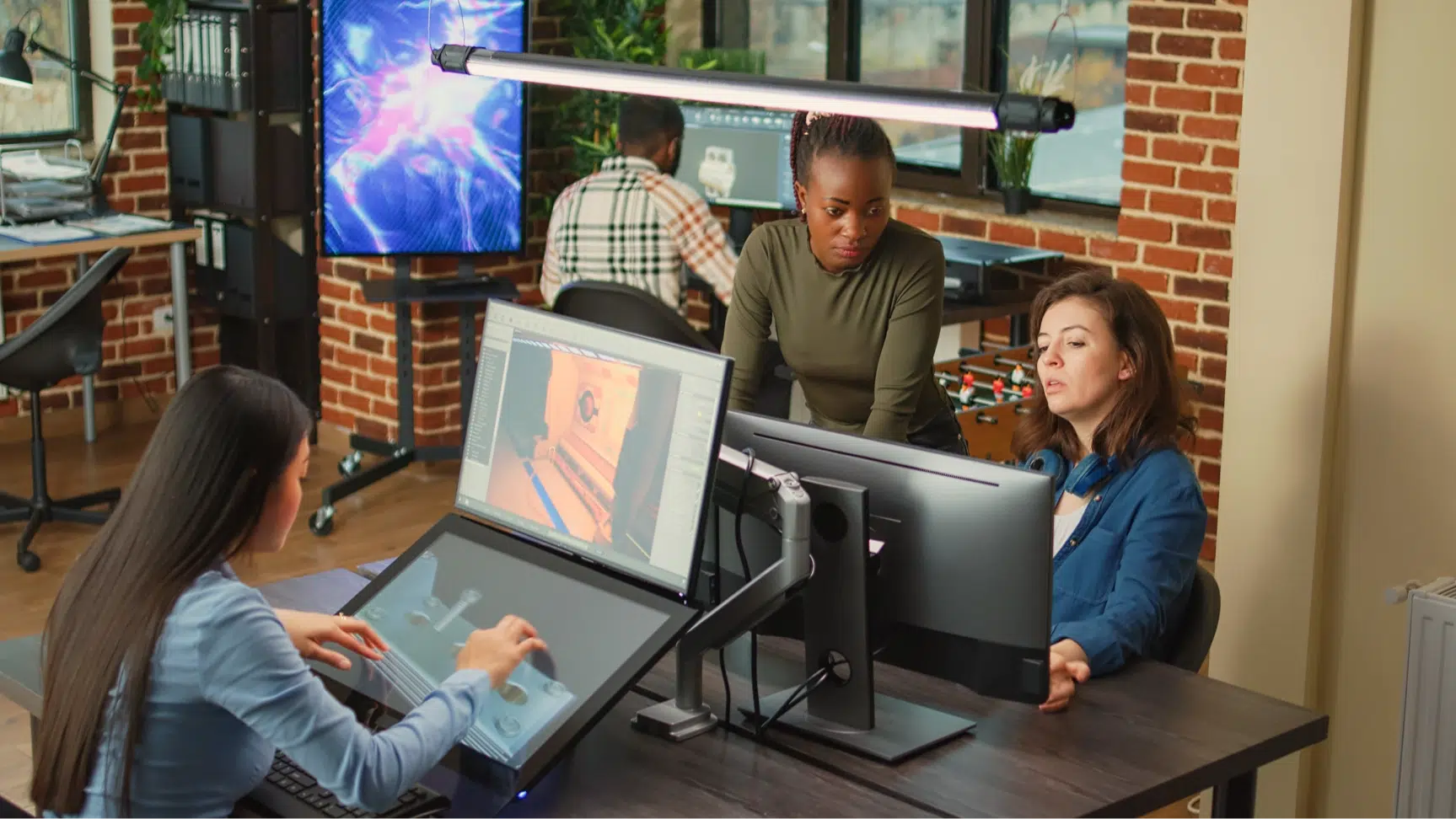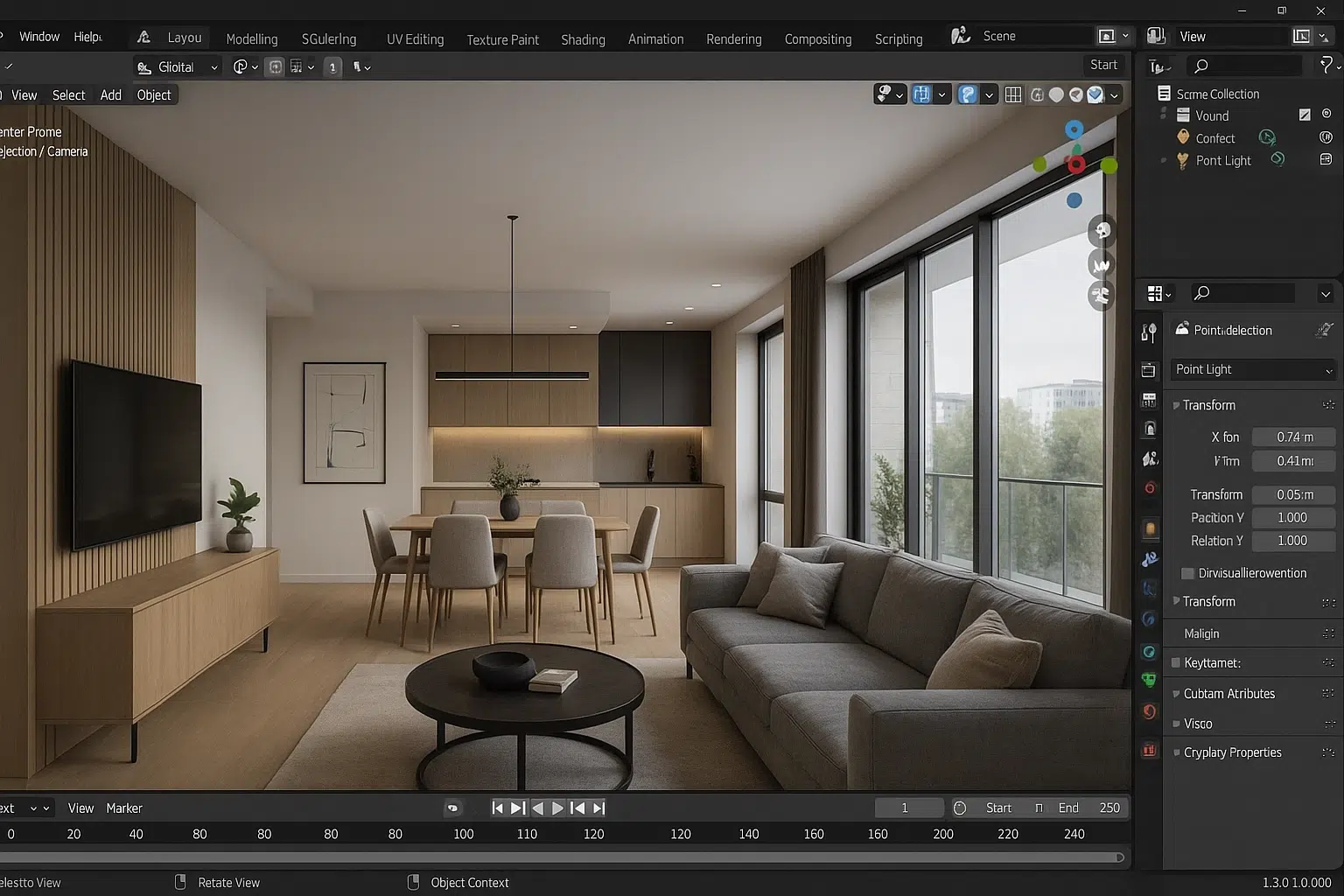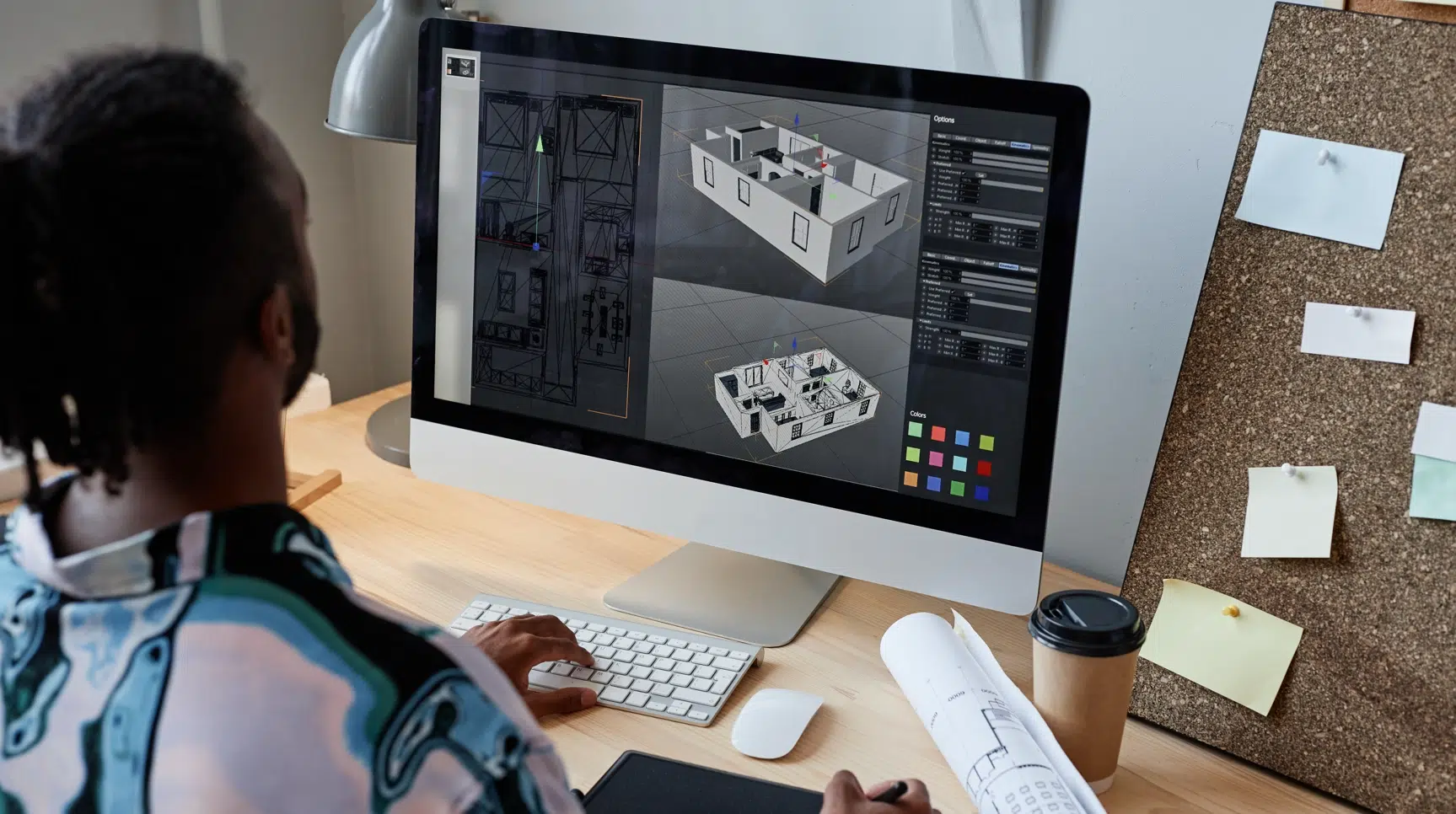Introduction to Digital Twin VR Apps
This merger isn’t just a tech trend; it’s transforming industries. From real estate virtual tours to complex manufacturing simulations, digital twin VR apps allow users to explore, analyze, and make decisions faster and more accurately—all from a comfortable headset.
Understanding the Fundamentals
What is Virtual Reality Development?
The Role of Digital Twins in Modern Tech

Why Use Digital Twin VR Apps?
Revolutionizing Industries
Boosting Real Estate Sales
Core Components of a Digital Twin VR App
3D Modeling and Its Importance
Optimization for VR Devices

Which VR Device Should You Choose?
Meta Quest: The Cost-Effective and User-Friendly Option
Priced at around $500, Meta Quest is accessible, wireless, and quick to set up. It’s perfect if you want broad reach, whether for client demos, training, or virtual tours. Its controllers ease navigation, making it easy for users unfamiliar with VR.
When to choose Meta Quest:
- You need to deploy multiple devices rapidly.
- Cost is a priority.
- You want simple, guided, or automatic tours.
- Your users won’t require ultra-high-end visuals.
Apple Vision Pro: The Premium, High-Fidelity Choice
At nearly $3,500, the Vision Pro is a high-end device designed for stunning visuals and advanced AR capabilities. It excels in applications where quality, realism, and AR integration are paramount. Its mixed-reality features make it suitable for immersive presentations, exterior visualization, and highly detailed designs.
When to choose Vision Pro:
- You’re targeting premium clients—luxury real estate, design, or marketing.
- You want high-fidelity visuals and XR (Extended Reality) capabilities.
- Your project involves AR overlays or exterior visualizations.
- You have the budget and resources to handle more complex onboarding.
The Bottom Line: Which One Is Right for You?
- If you seek affordability, ease of use, and quick deployment, Meta Quest is our go-to.
- If your goal is the highest quality visuals and AR integrations tailored for premium experiences, Apple Vision Pro is the better choice.
In short: Choose Meta Quest for broad, accessible applications and rapid rollout. Opt for Vision Pro when productivity, visuals, and AR features are your priorities.
Experience Types in Digital Twin VR Apps
Automatic Tours and Guided Experiences
Interactive Walkthroughs and Exploration
Blending Media for a Richer Experience
Enhancing Reality with Video, Sound, and AR
Video Integration and 3D Videos
Sound Design for Realism
Augmented Reality as a Supplement
Final Thoughts: Making the Right Choice for Your Digital Twin VR App
- Want an accessible, scalable solution? Meta Quest offers ease of use, affordability, and a broad audience reach.
- Looking to impress high-end clients with detailed visuals and AR? Apple Vision Pro provides premium quality, advanced features, and a compelling mixed-reality experience.
Remember, combining videos, images, sounds, and AR not only enriches your digital twin but elevates your entire project’s impact. Whether offering automatic tours or interactive explorations, your digital twin VR application can truly revolutionize how users experience your spaces.
Frame Sixty is equipped to partner with industry leaders and innovators seeking to leverage Vision Pro camera access for groundbreaking applications. Contact us today to discover how Vision Pro can revolutionize your business operations and enhance user experiences.
FAQs: Digital Twin VR
Got questions about digital twin VR apps? Here are some quick answers to help you understand the basics, development timelines, device choices, and publishing support.
Can you create a digital twin if I don’t already have one?
Yes, we can create a digital twin from scratch or based on your existing data. Our team specializes in developing accurate and detailed digital twins tailored to your project’s requirements, whether it's a building, machinery, or environment.
What is the average time to develop a digital twin VR experience?
If you already have your digital twin ready, developing the VR experience typically takes around 1 to 2 months. If you need to create or heavily modify the digital twin from scratch, add an extra month or so to that timeline. Keep in mind that the actual development time can vary depending on the complexity, features, and level of detail required for your project.
How do I decide whether to use Meta Quest or Apple Vision Pro?
The decision depends on your budget, target audience, and project goals. Use Meta Quest if you want a cost-effective, user-friendly, and widely accessible solution suitable for automatic tours and broad deployment. Choose Apple Vision Pro if your goal is high-fidelity visuals, advanced AR features, or premium experiences for an upscale audience—keeping in mind the higher cost and more complex onboarding.
Can you help me with publishing the app?
Yes, we can assist with the entire publishing process, including preparing your app for distribution on platforms like Meta Store or Apple App Store, ensuring compliance with their guidelines, and helping with submission to get your digital twin VR app in the hands of users.

